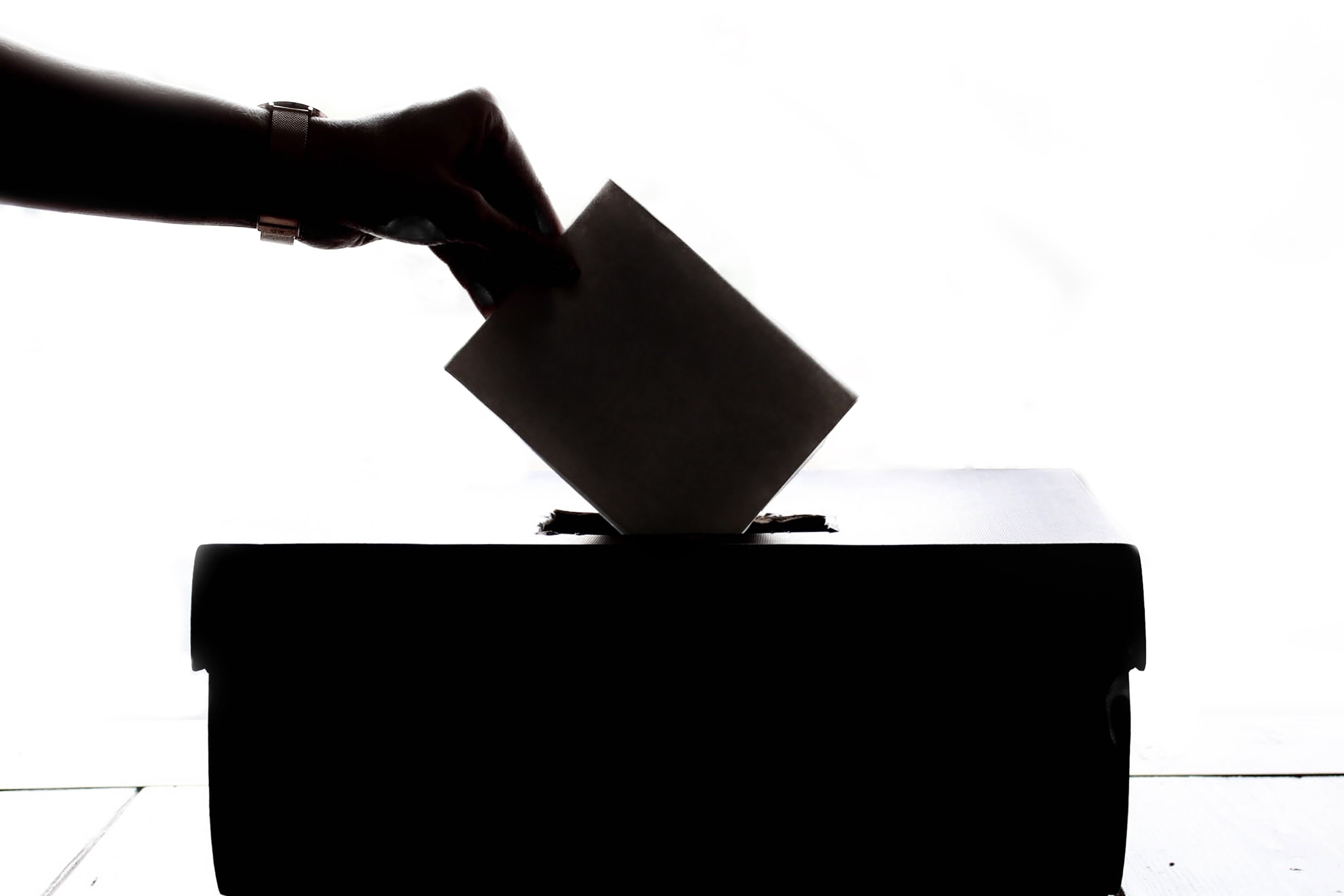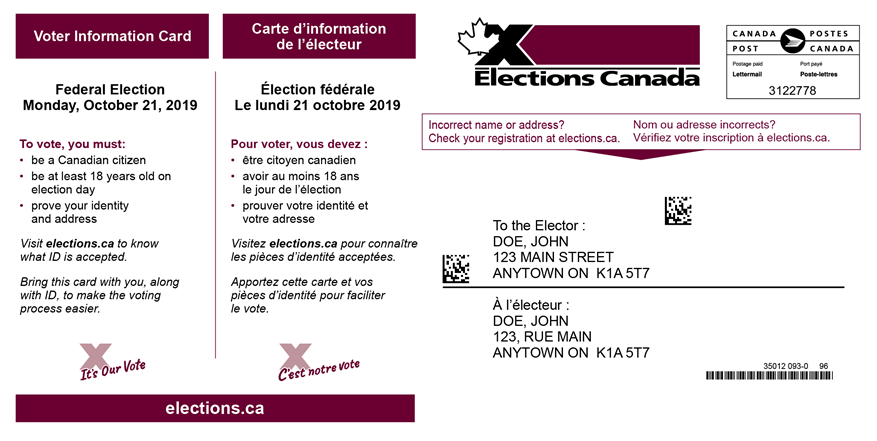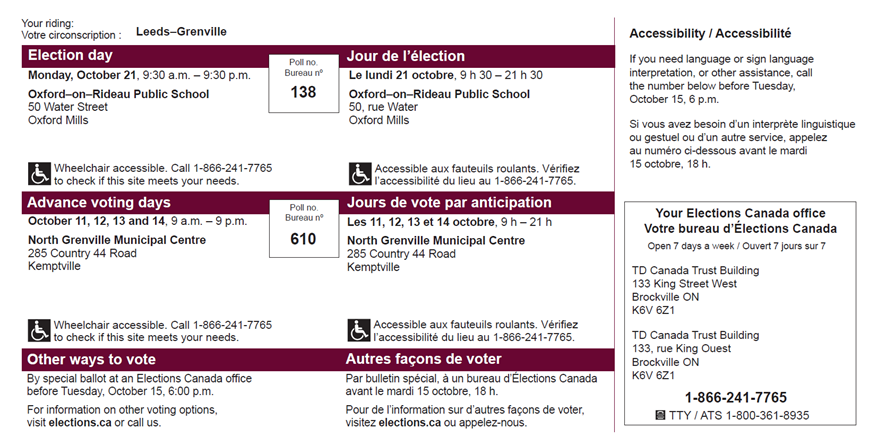What is the Federal Election?
The Canadian federal election is when we, as Canadian citizens, vote to elect a local Member of Parliament (MP) who will represent our interested in the House of Commons. In this process, we indirectly vote for our new Prime Minister.
You vote for a candidate or political party in your electoral district, or riding. The party with the most representatives elected wins the election. The leader of that party then becomes the Prime Minister.
When is it?
The election is Monday, October 21, 2019.
What is my electoral district?
An electoral district is a geographical area represented by an MP. Citizens in that area elect one MP who sits in the House of Common and represents them, as well as all Canadians.
There are 308 electoral districts, also known as constituencies or ridings, in Canada.
Nova Scotia has 11 electoral districts:
|
|
You can find your electoral district here: https://www.elections.ca/scripts/vis/FindED?L=e&PAGEID=20
Who is eligible to vote?
Any Canadian citizen 18 years of age or older is eligible to vote in the election.
Do I need to register to vote?
You must register on the list of electors to vote in the federal election.
You can register to vote on the day of the election at the polls or you can register in advance. Registering to vote in advance will ensure you get a voter information card and will make your voting process easier and faster.
If you are already registered, you will receive a voter information card in the mail after the election is called. The card tells you when and where you can vote.
If you do not receive a card, or the information is wrong, you may not be registered to vote, or your information may not be up to date. You can check this information online, in person, or by phone.
Source: Elections Canada
How to register
Online: To register or check your registration status, click here.
By mail: Contact Elections Canada and they will send you a voter registration form by mail, email, or fax.
In-person: After an election is called, you can go to your local Elections Canada office in advance to register or register at your polling place on the day of the election.
On your tax return: Check the Elections Canada boxes that allow Revenue Canada to share your name, address, date of birth, and citizenship with Elections Canada to update their National Register of Electors.
Who am I voting for?
You vote for an MP in your area. Even if your MP’s party doesn’t win, they will be your area’s representative in parliament.
When you vote for a candidate who belongs to a political party, you also support the leader of that party. The leader of the political party with the most votes becomes the Prime Minister.
How do I choose who to vote for?
Voting is a very personal matter. Other people may share their opinions on who to vote for, but ultimately, only you decide who you vote for.
When voting, you need to decide what is important to you. You then choose a party or candidate that most closely fits what you feel is important.
Each candidate has a platform. Their platform shares their ideas on what is important, how to spend tax dollars, and more. These platforms are online, but candidates will also distribute flyers, have ads in newspapers, speak at events, go door-to-door, etc. to let people know what their priorities are.
Listen to what the candidates have to say, and make an informed decision, and vote.
What IDs do I need to vote?
To vote you must prove your identity and address.
There are three options to do this:
Option 1: Show one piece of government-issued photo ID that contains your name and address.
Ex. Driver’s licence or Nova Scotia identification card
Option 2: Show two pieces of ID. Both must have your name on it, and at least one must have your current address.
Examples: Voter information card and bank statement or utility bill and student ID card. To see a full list of accepted IDs click here.
Option 3: Declare your identity and address in writing and have someone who knows you and who is assigned to your polling station vouch for you.
The voucher must be able to prove their identity and address. A person can vouch for only one person (except in long-term care institutions).
Looking for more information?
Elections Canada has produced a guide for the Federal Election. The guide explains the entire registration and voting process in more than 30 languages. Access it here.
Did You Know
Elections Canada offers interpretation at all of their Elections Canada offices and their over the phone services cover more than 100 languages.


